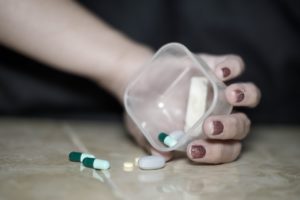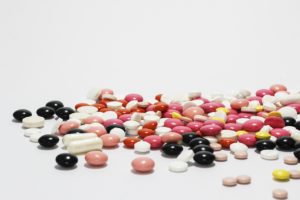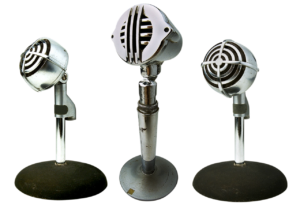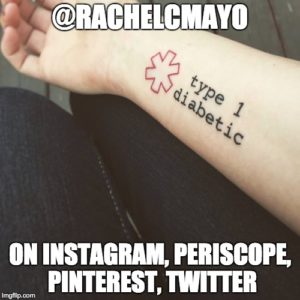Medication Disposal [Show Notes]

The Regulation
The FDA and EPA agree that certain medications are okay to flush. The comparison being, the medication, though diluted, are still being present in tap water after filtration and purification, or a kid or petor junkie eating it out of your trash and getting really hurt or dying.
This is usually the advice for extended release pain medications (tablets, liquids, or patches), narcotics, and other controlled substances.
Homemade Disposal
The goal of disposing medications at home is to make it unappetizing to anyone who may find it and try to eat it.
Ingredients: Unwanted medications, Water, Sand, Cat litter, or coffee grounds
Crush the tablets or capsules in a ziplock bag. Add water to dissolve. Add sand/cat litter/coffee grounds to absorb water. Throw in trash.
Available for purchase
If you don’t want to DIY at home, Medaway bags are available at a pharmacy. They have an activated charcoal compound in it. Add pills, add warm water, and shake. Adsorption = when one compound adheres to another compound and they can’t be separated.
Privacy Recommendations
It is advised to throw away the medications separate from the prescription bottle. Best option is to remove labels and shred with other personal information. At the very least, black out all of your personal information and the drug information before putting in the trash. Even if your bottle is empty, if someone finds a bottle that previously held pain pills, that person may think you have more and it puts you at higher risk for crime.
Syringes
For syringe disposal, you can buy Sharps containers at a pharmacy. All the instructions for using, and packing and shipping, including a prepaid return label, are included in the box. If you don’t use an official Sharps container, it’s best to use an opaque jug or carton that 1) you can’t see through to see the needles easily, and 2) that has a small opening so it’s difficult for the needles to come back out (either by someone reaching in for them or by spillage). Once it’s full, just seal it and put it in the trash (do not try to recycle that jug!).
National Prescription Drug Take-Back Day – local law enforcement agencies are set up to take back unused or unwanted medications from the public and will dispose of them properly. Only certain locations will take controlled substances (check the website for your zip).
Holla
“Stoned raccoons aren’t funny!” – @kendh
Connect with me
Support us on Patreon
*NEW* Join the Pharmacist Answers Podcast Community on Facebook
Subscribe: iTunes, Stitcher, GooglePlay, TuneIn Radio
Music Credits: “Radio Martini” Kevin MacLeod (incompetech.com) Licensed under Creative Commons: By Attribution 3.0 http://creativecommons.org/licenses/by/3.0/








